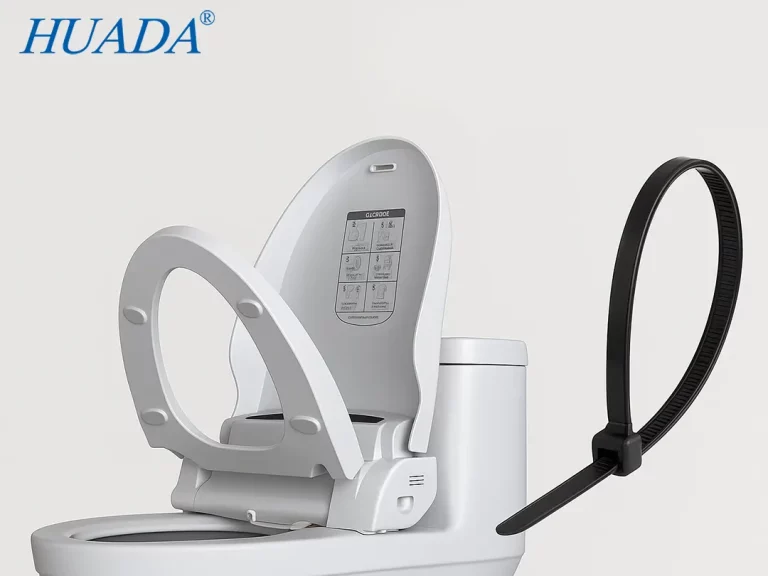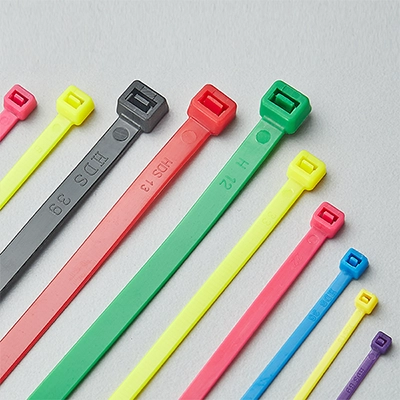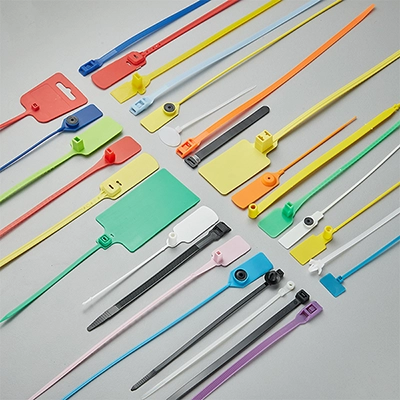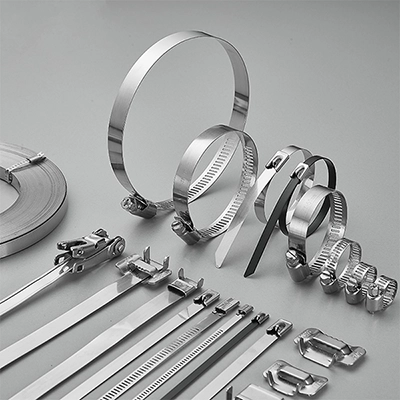It’s a common question—how to cut cable ties without leaving sharp edges? Nylon cable ties, when trimmed, often leave a pointed end. This can easily scratch your fingers or, worse, damage the insulation of nearby cables, creating potential safety hazards.
That’s why every user should pay attention to learning how to cut cable ties cleanly and safely and choose the right tools.
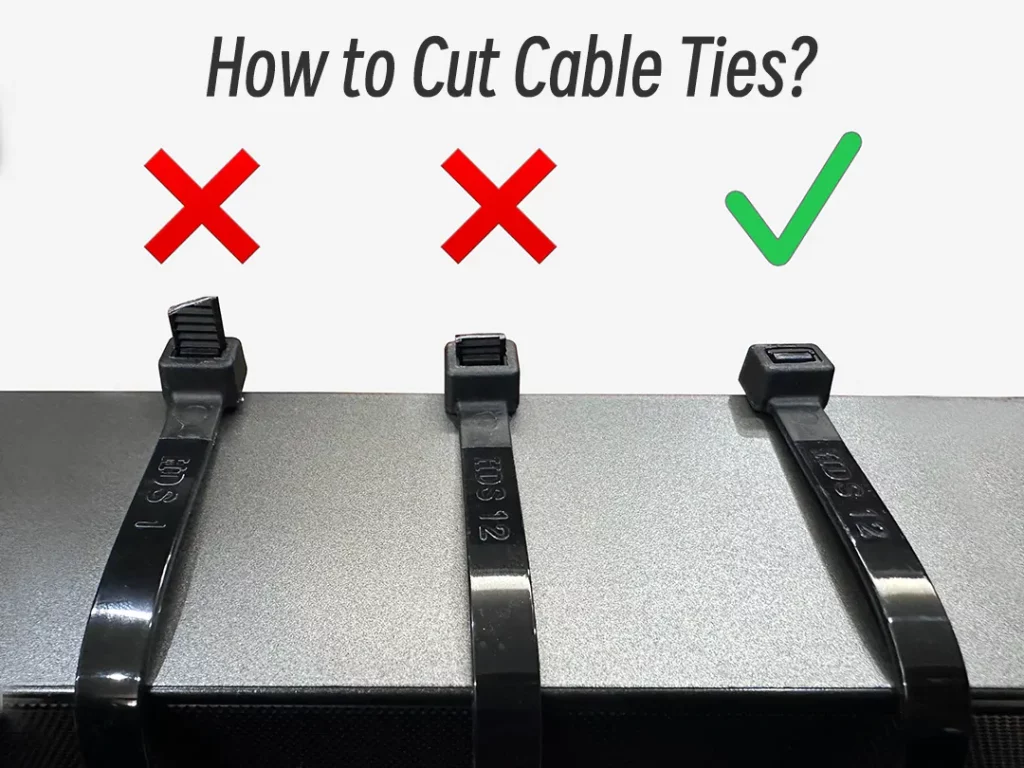
In this article, we’ll take a closer look at cutting techniques and tool options to help you reduce these risks while keeping your cable ties secure and effective.
What Tools Can You Use to Cut Cable Ties?
When working with cable ties, choosing the right tool is key to both safety and efficiency. Below are some commonly used tools for cutting cable ties, each with its features and ideal applications.
1. Cable Tie Gun
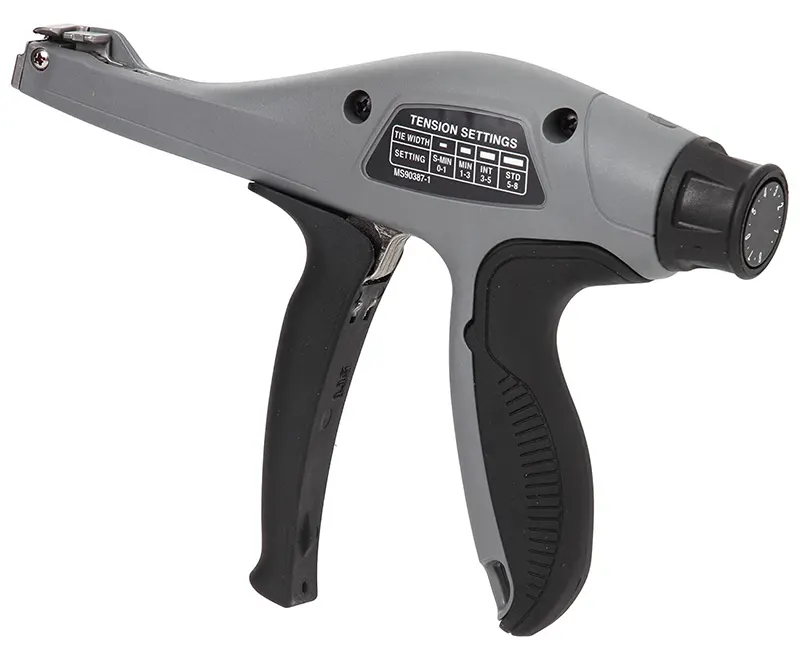
A cable tie gun is a professional tool specifically designed to tighten and trim cable ties. It applies the correct tension and automatically cuts off the excess tail, leaving a smooth, flush cut. This helps reduce the risk of sharp edges. Cable tie guns are ideal for environments where large numbers of ties are used, such as electrical installations and industrial maintenance.
Example: Panduit GTS Tool
- Pros: High efficiency, professional-grade finish
- Cons: Relatively expensive; not practical for casual use
2. Flush Cut Pliers
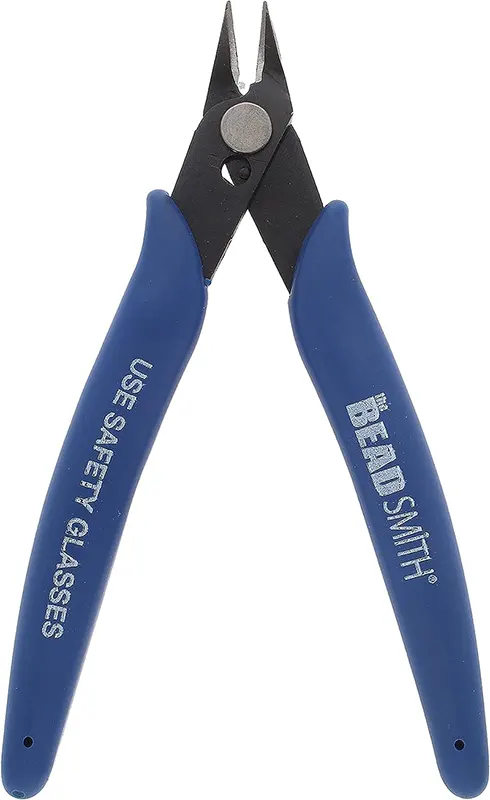
Flush-cut pliers have flat cutting edges that allow for clean, flush cuts. They’re especially useful in precision tasks or tight spaces where sharp tie ends must be avoided. Commonly used in electronics and fine assembly work.
- Pros: Smooth cut; ideal for small, confined areas
- Cons: May be too small for cutting thicker or wider ties
3. Diagonal Cutters

Diagonal cutters (or side cutters) can also cut cable ties. Although they don’t leave as smooth a finish as flush cutters, they are still a practical option when no specialized tool is available.
4. Cutting Pliers (for twist-cut method)

Cutting pliers are not always used to directly cut through the tie. Instead, they are used to grip the tail and twist until the tie snaps off near the head. This method leaves the sharp edge hidden inside the tie head.
- Pros: Hidden cut point; safer to the touch
- Cons: Slower; not efficient for large-scale use
5. Nail Clippers

Though not designed for cutting cable ties, nail clippers can serve as a backup tool for cutting thin or small ties in low-demand situations.
- Pros: Easy to carry and use
- Cons: only fit for some light cable ties (≤2.5mm)
6. Scissors
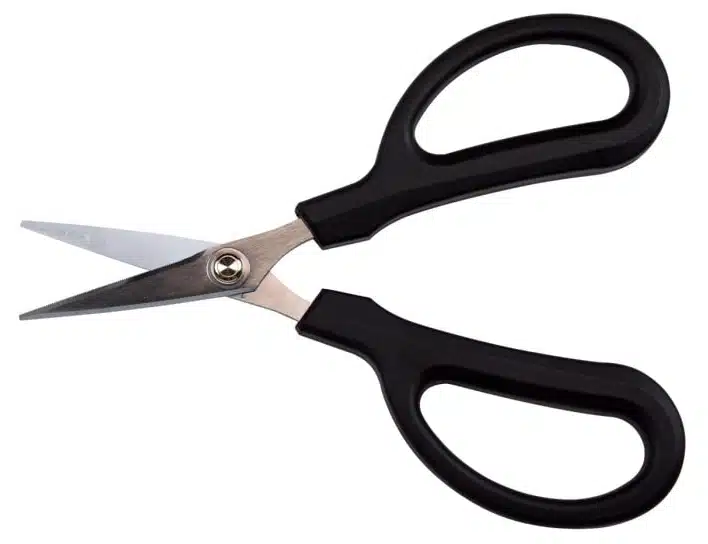
In the absence of proper tools, household scissors can be used. However, they typically leave a rough or uneven cut, which may require additional trimming.
- Pros: Widely available; easy to handle
- Cons: Does not provide a flush finish; ends may still feel sharp
7. Blade or Knife

A sharp utility blade can also be used in emergency cases to remove excess cable tie material. However, this is not recommended due to the high risk of injury or cable damage.
Verdict: Use only as a last resort; not safe
How to Cut Cable Ties Smoothly
1. Choose the Right Tool
As mentioned above, cable tie guns, flush cut pliers, or diagonal cutters are ideal for this task. A cable tie gun can automatically cut off the excess tail after tightening, while flush or diagonal cutters require manual operation.
2. Tighten the Cable Tie Properly
Before cutting, make sure the cable tie is tightened to the correct level. This helps ensure that the tie stays in place during cutting, giving you a cleaner and more accurate result.
3. Position the Tool Correctly
Align the cutting part of your tool as close as possible to the cable tie head. For cable tie guns, this is usually done automatically. With flush or diagonal cutters, you’ll need to position the blades manually, right up against the locking mechanism.
4. Cut Smoothly and Evenly
Hold the tool firmly and apply even pressure to make a single, clean cut. Avoid cutting in multiple strokes, as this may leave a jagged edge or create a sharp point.
5. Inspect the Cut Surface
After cutting, check if the trimmed end is smooth. If needed, lightly sand or file down any rough or sharp edges to avoid potential scratches or damage to surrounding materials.
6. Follow Safety Practices
Always pay attention to safety when cutting cable ties. Keep your fingers away from the cutting area and make sure the tool is stable during use to prevent slipping or accidental injury.
Conclusion
So, how to cut cable ties? The key lies in choosing the right tool. When selecting a tool to trim cable ties, consider your needs, safety requirements, and budget. For example, in high-frequency or precision-demanding situations, a cable tie gun or flush cut pliers may be the better choice. In more casual or occasional use cases, cutting pliers or even nail clippers can get the job done.
No matter which tool you use, always prioritize safety. Make sure the cut is clean, and avoid leaving behind any sharp edges that could cause scratches or create other risks.




